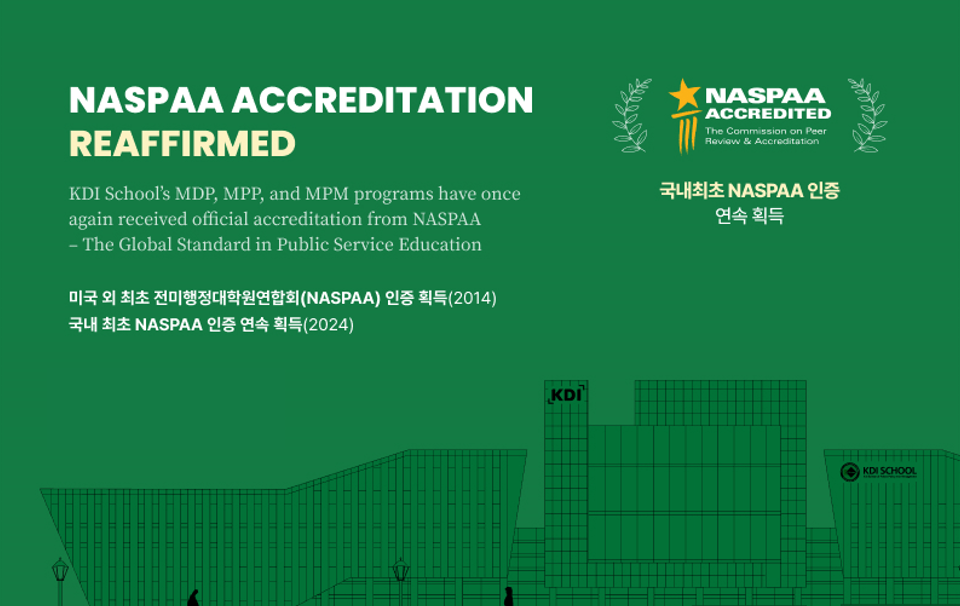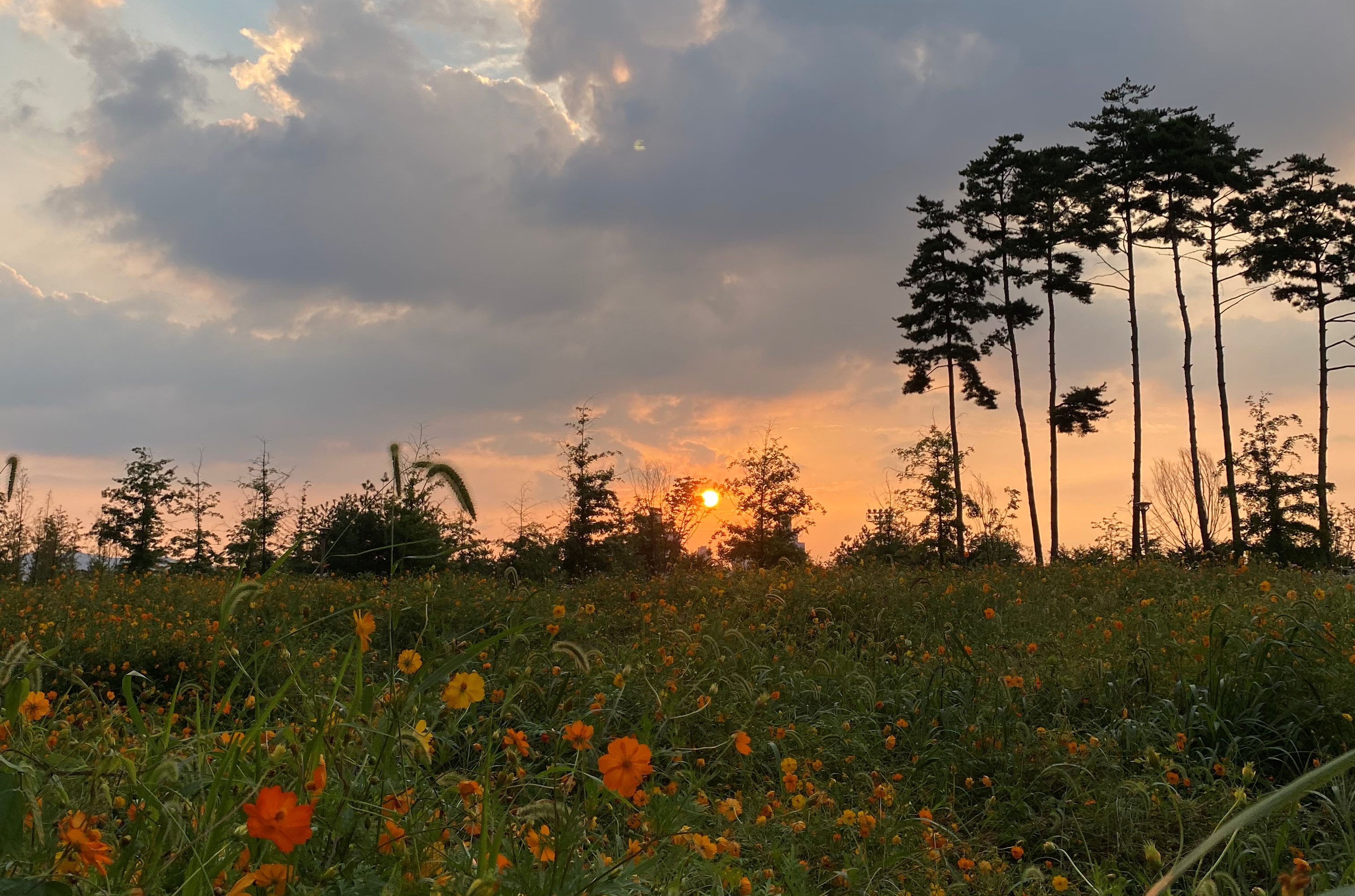
Urban Transportation Policy Course Field Trip to Critical Infrastructure of Sejong Smart City
- Date 2022-08-30 10:33
- CategoryStory
- Hit2377
KDI School believes in the overall development of students with hands-on experience of Korea's smart and innovative infrastructure. Therefore, KDI School organizes a lot of field trips, both independently and as a part of coursework. Today we are going to talk about the field trip organized by Professor Sangkeon Lee, who teaches an Urban Transportation Policy course at KDI School. Professor Lee is also the Director of the Global Development Partnership Center at Korea Research Institute for Human Settlements (KRIHS).
KRIHS
The trip started with a visit to the Korea Research Institute for Human Settlements (KRIHS). The objective of KRIHS is to develop a leading land policy and strengthen responses to current issues in the land area by spreading consumer-friendly research results, substantiating research cooperation, realizing public institutions' social value, and innovating research support administration. Students visited the library at KRIHS to learn about KRIHS's history and its contribution to infrastructure development in Korea. We also saw the cooperation exhibits of Korean settlements from different cities in Korea. Finally, we saw how KRIHS is fostering cooperation between developing countries by capacity building. The students, while visiting KRIHS, learned about the Korean land development process and urban planning in a Korean context.

LH Exhibition Museum
The students of the Urban Transportation Policy course then visited the LH Corporation Museum, focusing on Sejong as a special administrative region. Korea Land and Housing Corporation (LH) was established with the goal of improving people's residential environments and promoting efficient use of national territory in order to contribute to the growth of the national economy through land acquisition, development, reserve, and supply; city development and rearrangement; and housing construction, supply, and management. In the LH Museum, students saw the miniature model of Sejong City and future plans to make Sejong the world’s first future city. The students gained knowledge of the creation of Sejong City and the Korean housing building process while touring the LH Museum. Sejong "Future" City's future city model is also available at the LH Museum.

Meta 45 Cafe
After witnessing the miniature model, students went to the real-life skyscraper cafe Meta 45 located on the 45th floor of the Central Business District. From the gallery of Meta 45 Cafe, students could witness the rapid infrastructure development that Sejong Smart City has achieved since 10 years of its inception. The Government Complex Sejong is the largest government building ever constructed with the purpose of decentralization, balanced development, and preventing overcrowding in the metropolitan area by transferring the core administrative agencies to the Yeongi and Gongju areas in Chungcheongnamdo. The construction of government buildings began formally in March 2005 with the adoption of the Special Act on the Construction of Multifunctional Administrative City.

Sejong Smart City Center
After having coffee at the Meta 45 Cafe, the students visited the Sejong Smart City Center. Sejong City, a national demonstration city, is intended to guide balanced national development to boost national competitiveness and raise city standards to build a sustainable model city for future generations. At the Sejong Smart City Center, students got a briefing from the Director of Sejong Control Room. It’s one of the most advanced control rooms in the world and represented Korea at the University of Cambridge previously. The national pilot city is notable because it is a "public-private collaborative project" that departs from the traditional public-led urban construction process by applying innovative business models from private enterprises. The agreement Sejong City made to carry out the national pilot smart city project was made to outline the roles and obligations of the parties involved. The students learned how to administer a control center that can, with just ten staff, keep an eye on the entire megacity. In emerging nations, the control center can be of considerable assistance to megacities.


Sejong CleanNet Treatment Facility
The Garbage Disposal Policy, which introduced the facility in charge of processing Sejong City's garbage, the "Auto Clean Net System," has made it simple for residents to dispose of garbage in Sejong City. The system collects both regular trash and food waste, converting the former into solid fuel and the latter into a source of bioenergy. The Auto Clean Net System is a perfect illustration of recycling, reducing, and reusing materials as much as possible. Numerous individuals have been given the opportunity to participate in making the globe a cleaner place to live thanks to this new method. The students' tour to the Sejong Auto CleanNet Treatment Facility helped them grasp the fundamentals of contemporary waste management methods that can be used in their various nations. Garbage disposal is a major issue throughout the world, and Sejong CleanNet Treatment Facility offers us a model to follow as we make progress toward a more environmentally friendly society.


With this, the field trip to Sejong Smart City for the Urban Transportation Policy course came to its conclusion. According to one of the students, it was the most educational day of their time at KDI School. Students learnt more about sustainable transportation and methods for influencing people's attitudes and behavior on this field trip. Finally, the Urban Transportation Policy Course students returned to KDI School with a wealth of useful insights and experiential learning of a top-tier smart city. KDI School has planned more exciting field trips in the future to improve students' overall academic skills. For more field trip reports, visit our KDI School News Center frequently.

Related News
-
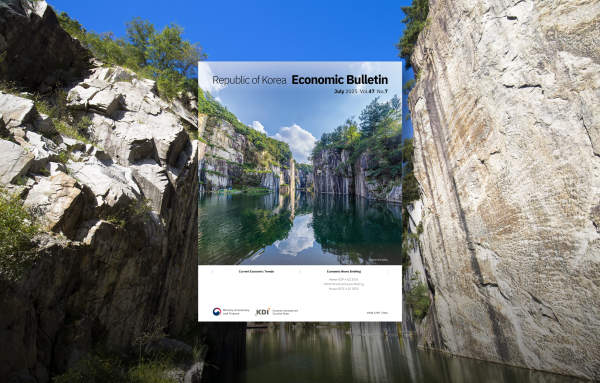
Research and Education1 day ago
Republic of Korea Economic Bulletin, July 2025#KDI #Economic #KDISCHOOL #kdischool #Economic Bulletin #Research
-
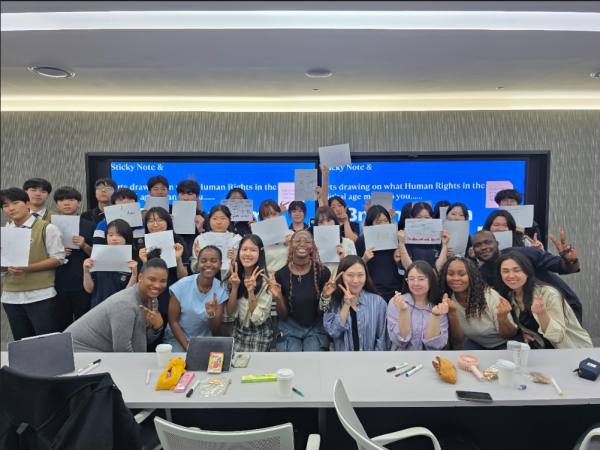
Story4 days ago
Summer 2025 Talent Donation Program: KDIS Forums Host Sejong High School Students#KDISCHOOL #KDIS #student #talent donation #student forums #student clubs
-
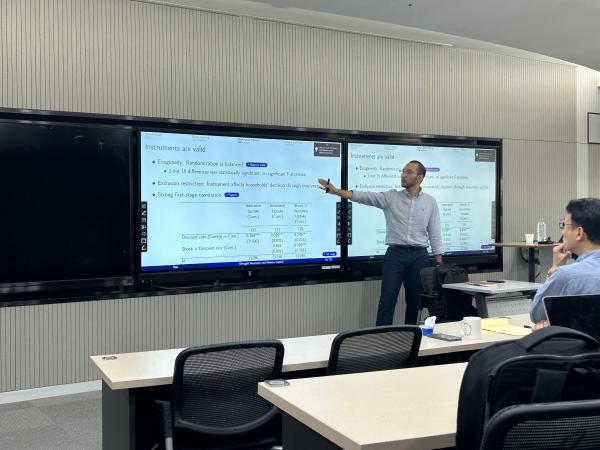
Research and Education5 days ago
Research Seminar by Hyuk Harry Son from Utrecht University

